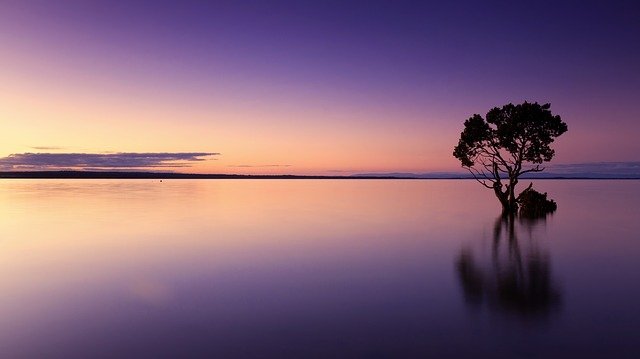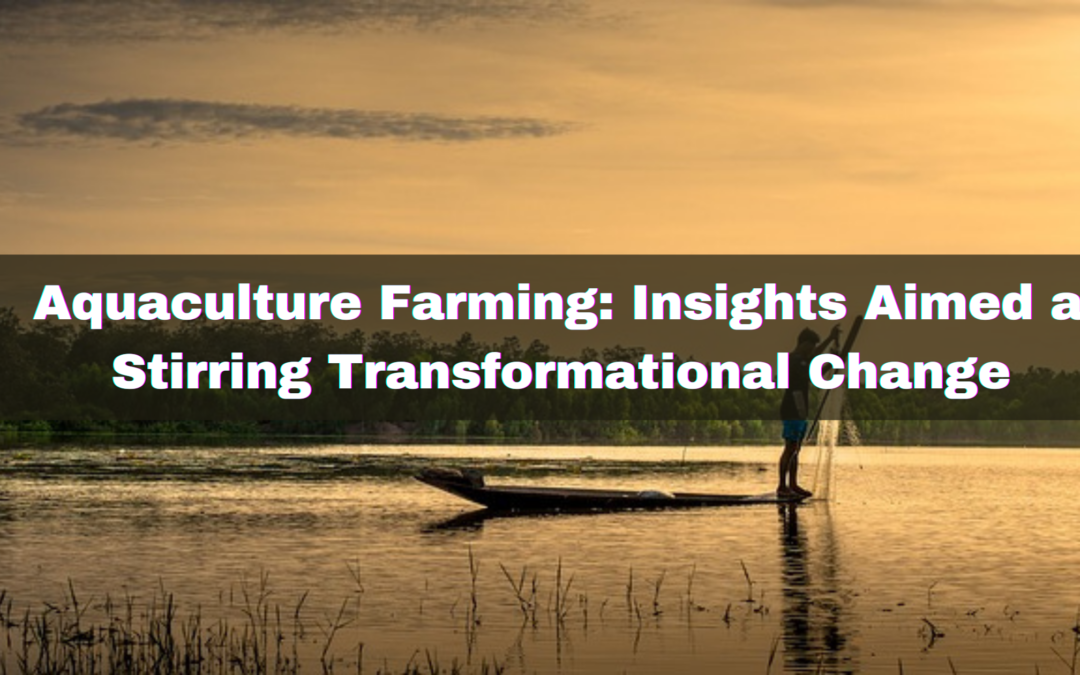The creation of a sustainable food future takes into consideration the potential role that aquaculture farming plays in meeting the global fish demand. Scenarios for aquaculture growth and environmental impacts of the practice should be explored and a series of insights identified that can help with engaging in sustainable aquaculture farming. There are a number of reasons that call for a lot of emphases to be given to sustainable aquaculture practice. Here are some of them;
- The global supplies of fish that are wild-caught continue to dwindle and this is likely to continue unless the overexploited fish stocks are rehabilitated. With the supply of wild-caught fish remaining low, continued demand for fish is more likely to be met by aquaculture farms.
- If aquaculture fish supply is to meet the global demand for fish then there is a need to consider strategies that can help spur production. Such a level of aquaculture growth is capable of supplying a better percentage of the additional animal protein that’s required by 2050.
- The impact of aquaculture farming on the environment varies greatly depending on the fish species being farmed and the level of feed production intensity among other factors. For a more sustainable way of farming; there is a range of strategies and solutions that can be adopted.
- Factors such as technological innovation and adoption and market forces should be taken into consideration for improved aquaculture productivity alongside environmental performance.
Insights aimed at stirring transformational change
In order to realize improvement in the aquaculture farming industry, there are a number of insights that farmers should consider adopting. The sector must consider improving its productivity alongside improving environmental performance. Some of the key insights to consider include;
- Farmers should consider advancing socio-economic development.
- Formulate ways of providing safe and nutritious feed for the fish stocks.
- The creation of aquaculture farms should be undertaken in consideration of the available land, water, feed and energy to be used.
- Measures should be put in place to help minimize water pollution, fish diseases, and fish escapes if farming along the ocean shores.
- For freshwater ponds require most land and supply of fresh water per unit of the farmed fish produced. However, for the marine cages, only a small amount of land and water might be required.
- Production of shrimp, salmon, and other marine fish tend to require the use of large amounts of wild fish-based feed per unit of produced feed and that should be considered with alternative sources of feed adopted for sufficient supply of feed.
- In intensive aquaculture farming systems, there are increased disease risks that happen as a result of water pollution and other issues. Farmers should consider exploring measures that are aimed at mitigating the negative impacts of intensive farming.

In order to address the challenges effectively, farmers should consider the following;
- Shifting for energy supply to use of renewable energy
- Adoption of the available best practices to help achieve efficiency in terms of feed conversion ratios.
- There should be a shift in species mix with farmers moving from a higher share of the freshwater species to faring a lower share of marine species.
- Replacement of fish meal with crop-based ingredients.
Sustainable aquaculture farming if well adopted can greatly help improve the environment while at the same time ensuring a consistent supply of fish to meet the rising demands.
Visit our EAT Community for more information on sustainable aquaculture farming.



